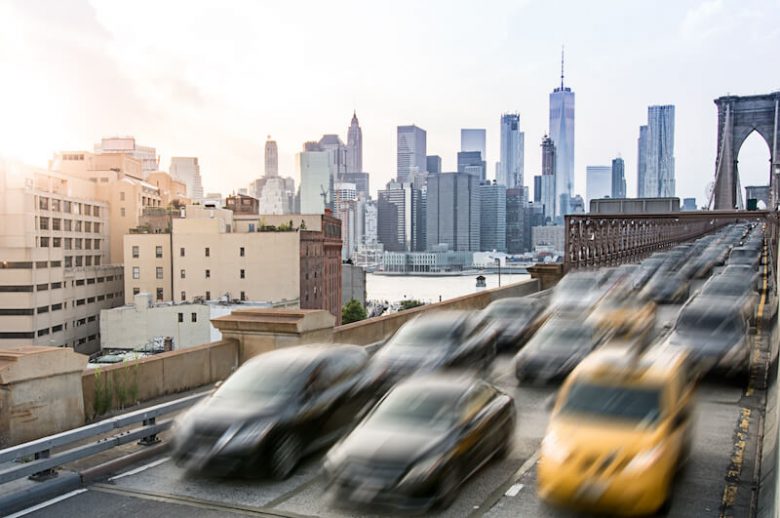New York City is the most congested city in the nation based on a 2020 study of 290 American cities. INRIX, a traffic data company, also found that NYC is the third most congested city in the entire world.
Use eTags© to Quickly Complete Your DMV Service. Renewals, Title Transfers and More, All Online!
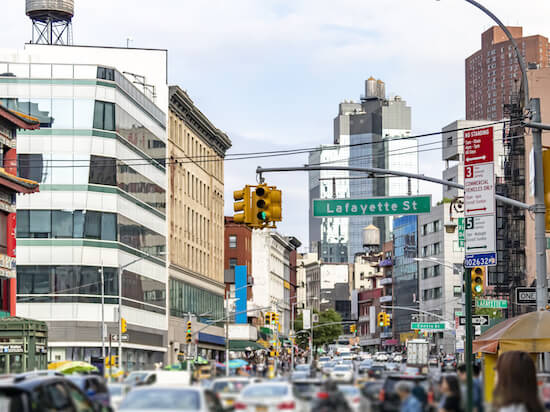
New York City is the third-most congested city in the world
Despite fewer vehicles on the road due to the pandemic, there were at least 243 fatal accidents in 2020—the worst it’s been since 2014 when a street safety plan was put in place. So, why is it more dangerous to drive when there are fewer N.Y.C. drivers on the road? The New York Times writes that speeding tickets have increased tenfold along with reckless driving. This city saw a surge in drag racing and unlicensed motorcyclists on the roads.
It doesn’t help that New York City has the most residents per capita
While there was a mass exodus of people moving out of N.Y.C. before the inception of COVID-19 vaccines, more people are moving back to this city. Business Insider writes that 1,900 people moved to the Big Apple in the first two months of 2021 alone. N.Y.C. has the densest population per capita, making a small city even more packed than it already is. Of course, this puts a strain on roads that weren’t meant for this amount of population.
N.Y.C drivers, avoid driving during rush hour and use public transportation
The fact that 27% of New York’s roads are in poor condition should be reason alone to skip driving and opt for public transportation instead. Or maybe it will make you think twice knowing that almost 10% of bridges in New York are structurally unsound as of 2017. If not, you’re brave. At least try not to drive on Friday, 5 PM – 6 PM. Location analytics company, TomTom, writes that driving after 6 PM could save you 2 hours of driving per year.
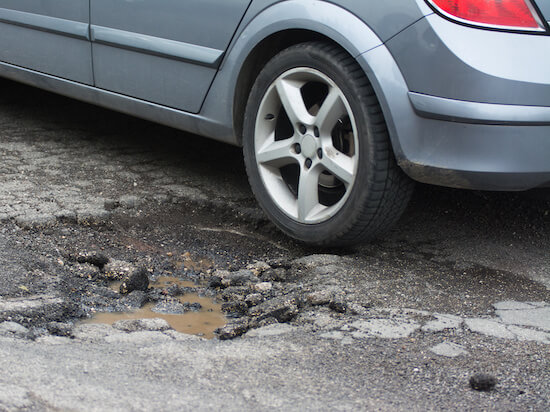
TomTom shows that it’s best to drive between the hours of 11 PM – 5 AM (yes, you read that correctly) to avoid traffic completely. Since that’s not feasible (or enjoyable) for most people, check out N.Y.C.’s subway system. Tickets are typically less than $3 and might be even less for certain people, like low-income New Yorkers. Plus, no vehicle paperwork needed like registration to board the train!
The best time slot for New York City drivers is 11 PM – 5 AM
People driving in New York City should avoid certain intersections
It’s not just the poor condition of New York’s roads and bridges that make public transportation a solid option, it’s also the deadly intersections. A personal injury law firm, Rosenbaum and Rosenbaum (R&R), notes there are a few intersections that drivers in New York should avoid completely:
• Flatbush Avenue and Tillary Street in Brooklyn
• Willoughby Street and Lawrence in Downtown Brooklyn
• Second Avenue and East 59th Street in Manhattan
• Kingston Avenue and Sterling Place in Crown Heights
• Rivington Street and Clinton Street in the Lower East Side
Intersections become deadly when there aren’t enough traffic signals or areas for people to safely bike. Also, they mention that poorly maintained roads make the problem worse, which N.Y.C. definitely struggles with.
27% of New York’s roads are in poor condition
Tip for New York City drivers: be extra careful around intersections
As mentioned before, an intersection becomes particularly dangerous when there isn’t a safe place for people to bike. In 2018 alone, there were 18,718 accidents in New York City. involving a bike, some of which were fatal. All of them resulted in some sort of injury.
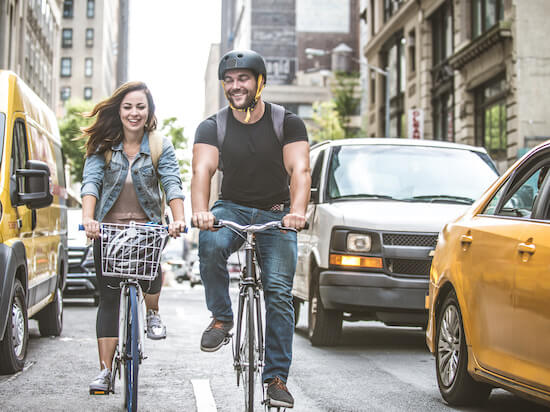
When driving through an intersection in N.Y.C, be extra wary of bicyclists. Use your turning signals, check your mirrors twice, and be sure to scope out your blind spot before merging. This helps you stay alert overall, which doesn’t hurt.
N.Y.C drivers have to think about snow
The Big Apple can be a very sweaty place to live during the summer. But as the season slips into winter, New Yorkers can expect snowstorms and frostbite. Between 2020 – 2021, Central Park had a total of 38.6 inches of snow. Much more than the period before.
Snow can make it difficult to steer or stop correctly. In fact, 24% of crashes happen because of winter conditions, according to the Federal Highway Administration. Also, they wrote that 15% of crashes occur particularly during snowfall and sleet.
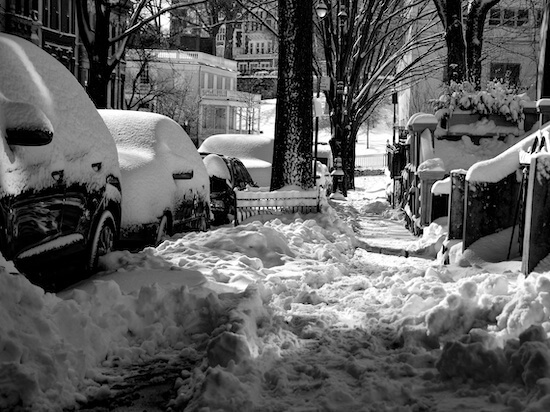
If you decide to brave this city during the winter, make sure you have the right tires to plow through it as well as a fully charged battery. Stay safe behind the wheel!
